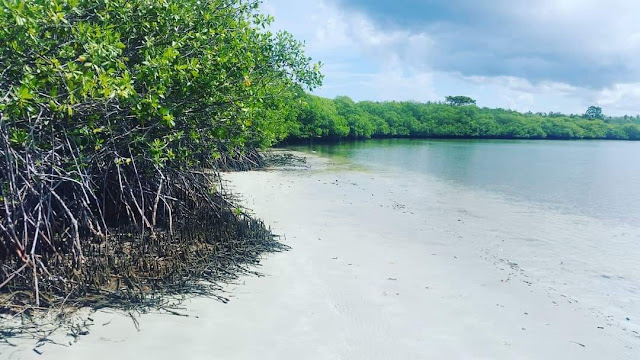The Halo on the Reef

Satellite imagery provides new ways to see and monitor coral reefs. Dr Anjani Ganase tells us where we can see halos, what they mean and how they may help in on-going monitoring programmes for marine protected areas. Through the technology that provides satellite imagery of the earth, we can explore the planet from above. The surface of the earth is covered by impressive structures and patterns curated by man and nature: consider the meandering tributaries of the Colorado and Amazon Rivers, the Great Barrier Reef and cities like New York. The patterns observed from space have given great insights into landscape ecosystems, such as the arrangements of flora along mountainsides and the contraction of the polar ice caps. We are also able to see some distance below the surface of the sea. Here’s what Dr Elizabeth Madin, assistant professor at the University of Hawai`i, observed in the lagoon of Heron Island, on the Great Barrier Reef. Shallow patches of coral reef stood out ...


